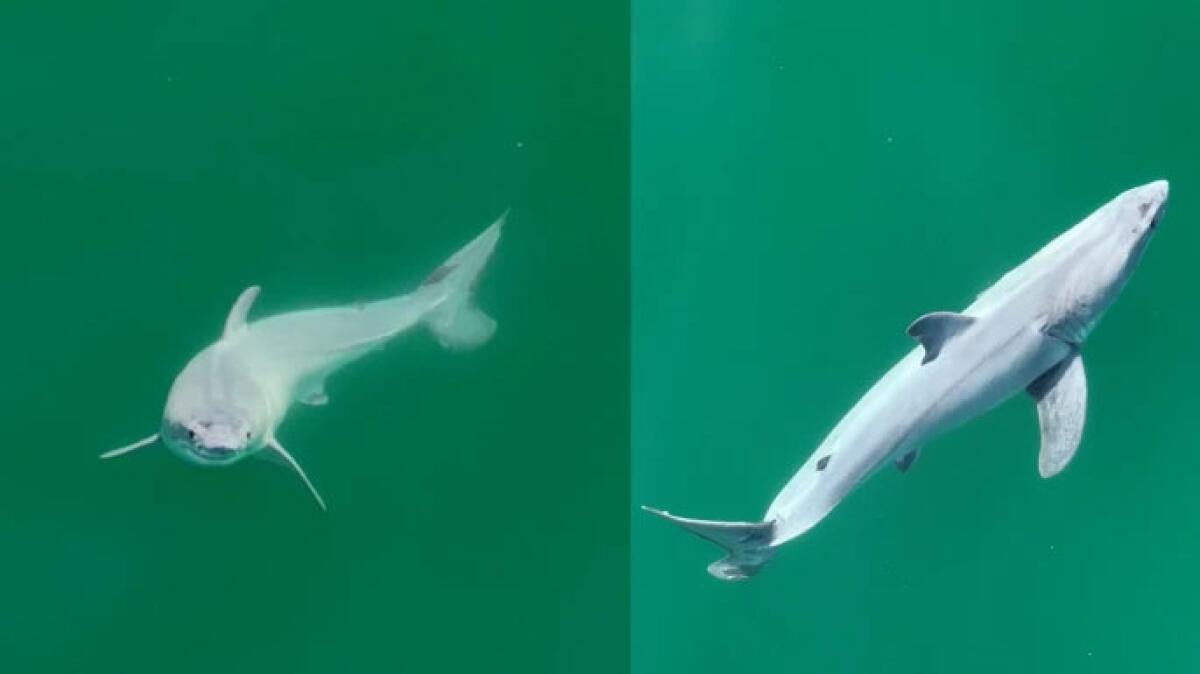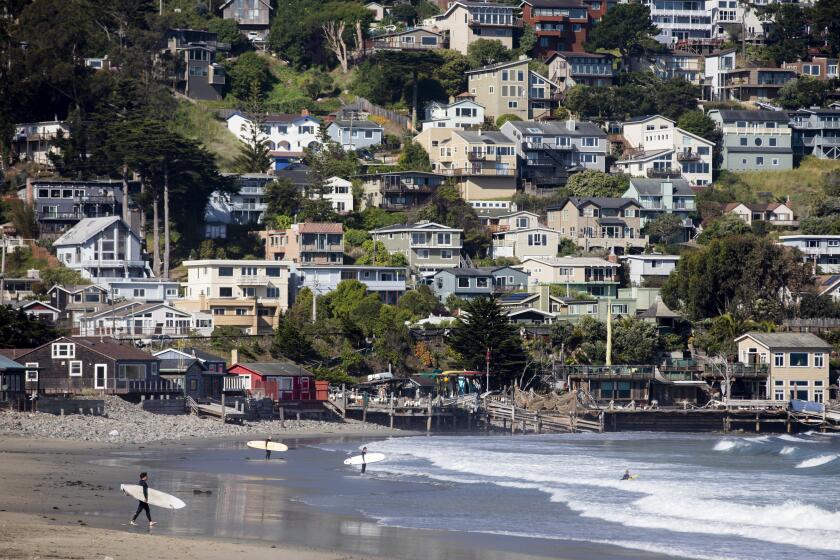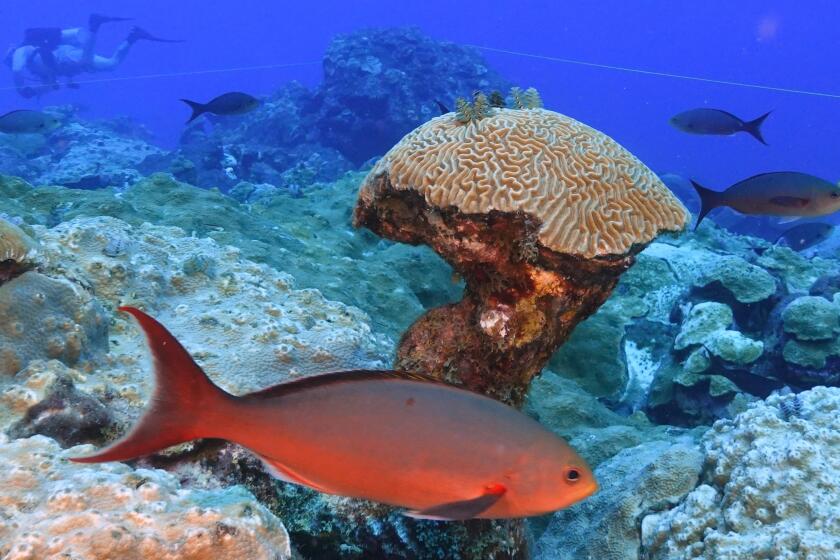Ocean images may be first of newborn great white shark in the wild

When wildlife videographer Carlos Gauna and shark researcher Phillip Sternes saw on their drone footage a small great white shark that lacked the species’ typical gray coloring, they knew they had captured something rare.
But they weren’t sure what it was. Their initial guess: an albino.
This was possible, the experts knew, but after further investigation (and a lot of zooming), the pair realized that what they were seeing was likely even more unusual: a newborn great white.
“Despite intense interest in these sharks, no one’s seen a birth or a newborn pup in the wild,” Sternes said in a statement. “This may well be the first evidence we have of a pup in the wild, making this a definitive birthing location.”
The shark appeared to be smaller than even a juvenile great white (they are scientifically known as white sharks), and was shedding what appeared to be a white outer layer, something neither of them had seen before.
“Is it possible that thing just came out of mama shark?” Sternes remembered asking in July, soon after reviewing the video they’d captured not far off the Santa Barbara coast. “Whatever this is, it is so unique and interesting, let’s properly document it for the scientific community.”
A surfer at a beach south of San Francisco was injured in a possible shark attack last week, days after another apparent attack in Northern California.
This week, the pair did just that, sharing their research supporting the theory that the shark was likely a newborn, possibly the youngest ever photographed in the wild.
That white shedding, the researchers wrote, was likely “intrauterine substances still adhered to its body,” according to the paper published in Environmental Biology of Fishes. However, the paper acknowledges another possibility: that the shark had an unknown skin disorder that resulted in shedding; something the researchers said would be equally rare.
But Sternes, a doctoral student at UC Riverside studying shark fin morphology, and Gauna, a filmmaker who focuses on sharks, say their research more strongly indicates that what they saw was a baby. Gauna, who goes by the name the Malibu Artist on social media, published footage of the shark this week.
The team said they went to shoot the drone footage last summer after Gauna noticed several particularly large great whites in the area, presumed to be pregnant, given the time of year and a hypothesis that the species birthed off California’s Central Coast, Sternes said.
“Where white sharks give birth is one of the holy grails of shark science,” Gauna said in a statement shared by UC Riverside. “No one has ever been able to pinpoint where they are born, nor has anyone seen a newborn baby shark alive. ... Nothing like this.”
Off the Texas coast is a beautiful surprise in the Gulf of Mexico that draws divers from all over: stunning coral coverage on undersea mountains.
Their paper points to the small size, “within the size range of newborn sharks,” and the time of year it was spotted as key indicators that it was a newborn. The white shedding also supports this theory, the paper said, as pregnant white sharks produce “uterine milk” for embryos to consume.
But Sternes said that he’s open to hearing other hypotheses and that he and Gauna “welcome feedback from the community.”
If the shark was indeed a newborn, it indicates that great whites may be born much closer to shore than previously thought, and that the Santa Barbara waters deserve better protection, Sternes said, as the species is endangered.
“Further research is needed to confirm these waters are indeed a great white breeding ground,” Sternes said. “But if it does, we would want lawmakers to step in and protect these waters to help white sharks keep thriving.”
More to Read
Sign up for Essential California
The most important California stories and recommendations in your inbox every morning.
You may occasionally receive promotional content from the Los Angeles Times.













